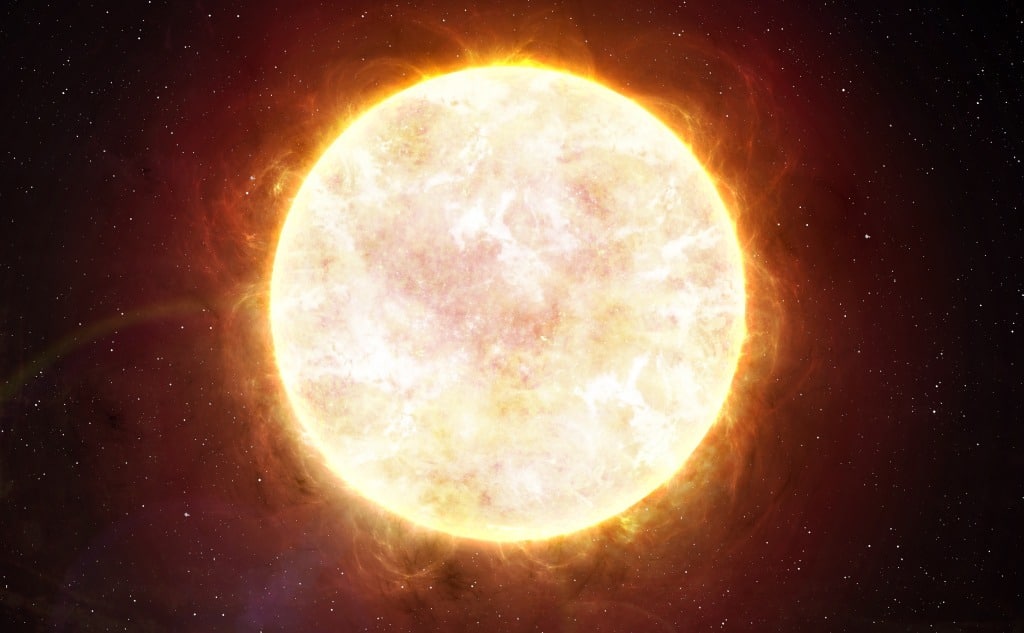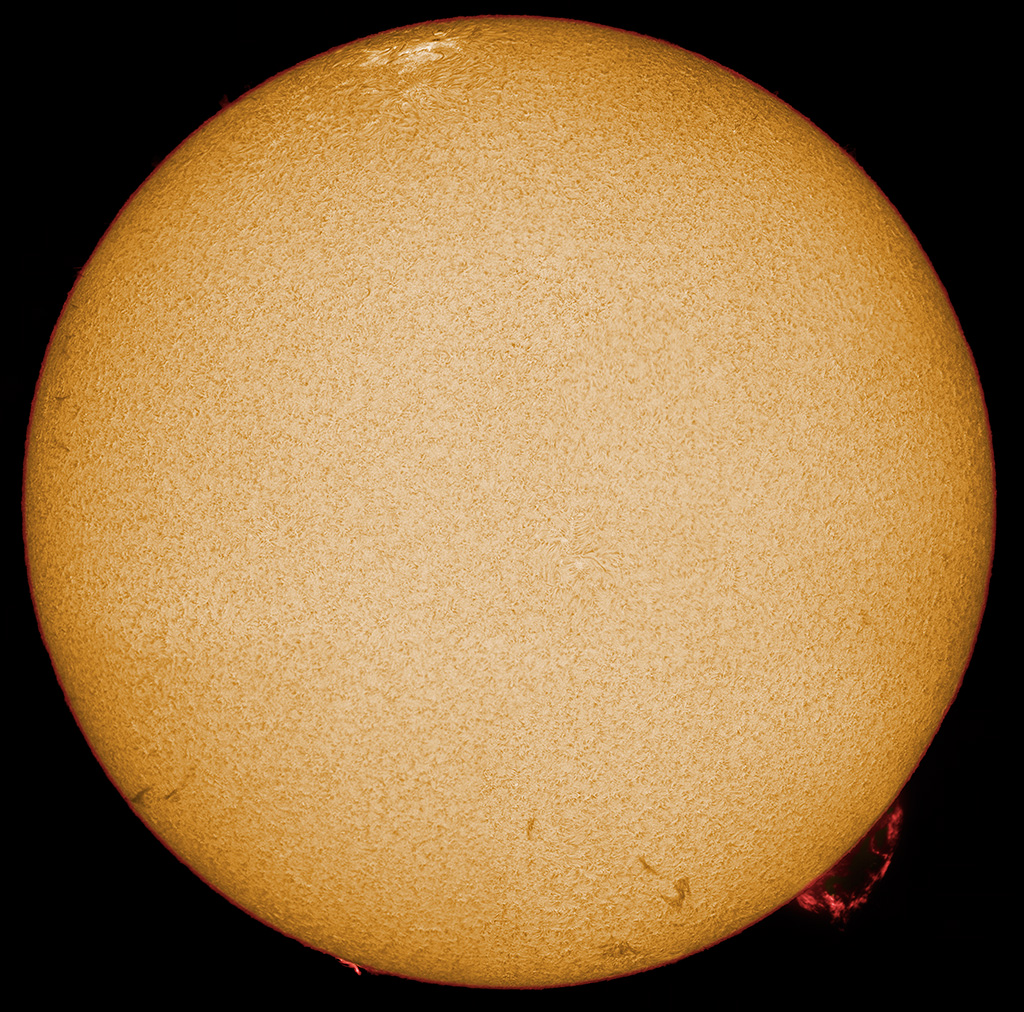
The Sun, the star at the center of our solar system, has long been a subject of fascination for humans. As the primary source of light, heat, and energy for our planet, understanding the Sun is crucial for advancing our knowledge of the universe. NASA's Solar System Exploration program has been at the forefront of this endeavor, providing invaluable insights into the Sun's structure, behavior, and impact on our solar system. In this article, we will delve into the depths of NASA's Sun exploration, highlighting the key findings, missions, and discoveries that have revolutionized our understanding of our celestial companion.
Introduction to the Sun
The Sun is a massive ball of hot, glowing gas, accounting for 99.8% of the mass in our solar system. Its surface temperature reaches a scorching 5,500 degrees Celsius (10,000 degrees Fahrenheit), while its core is a staggering 15,000,000 degrees Celsius (27,000,000 degrees Fahrenheit). The Sun's energy is produced through nuclear reactions that occur within its core, where hydrogen atoms are fused into helium, releasing vast amounts of energy in the process.
NASA's Solar System Exploration Program
NASA's Solar System Exploration program is a comprehensive initiative aimed at understanding the Sun, its effects on the solar system, and the potential risks and benefits associated with space weather. The program encompasses a range of missions, including:
Solar and Heliospheric Observatory (SOHO): Launched in 1995, SOHO is a joint NASA-ESA mission that has been monitoring the Sun's activity, including sunspots, solar flares, and coronal mass ejections.
Solar Dynamics Observatory (SDO): Launched in 2010, SDO is a NASA mission that has been studying the Sun's magnetic field, solar wind, and coronal heating.
Parker Solar Probe: Launched in 2018, the Parker Solar Probe is a NASA mission that has been exploring the Sun's corona, the outer atmosphere of the Sun, and the solar wind.
Key Findings and Discoveries
NASA's Solar System Exploration program has led to numerous groundbreaking discoveries, including:
Sun's Magnetic Field: NASA's SDO mission has revealed the Sun's complex magnetic field, which plays a crucial role in shaping the solar wind and influencing the solar system.
Solar Wind: The Parker Solar Probe has provided unprecedented insights into the solar wind, a stream of charged particles emanating from the Sun that affects the solar system.
Coronal Heating: NASA's SDO mission has shed light on the coronal heating problem, which refers to the mysterious process by which the Sun's corona is heated to millions of degrees Celsius.
NASA's Solar System Exploration program has significantly advanced our understanding of the Sun, its behavior, and its impact on our solar system. The findings and discoveries from these missions have far-reaching implications for space weather forecasting, solar physics, and the search for life beyond Earth. As we continue to explore and study the Sun, we may uncover even more secrets about our celestial companion and the universe we inhabit. With ongoing and future missions, such as the
European Space Agency's Solar Orbiter and
NASA's Solar Sentinels, we can expect to gain even deeper insights into the Sun and its role in the solar system.
By exploring the Sun and its effects on our solar system, we can better understand the complex and dynamic nature of our celestial neighborhood, ultimately advancing our knowledge of the universe and our place within it.









